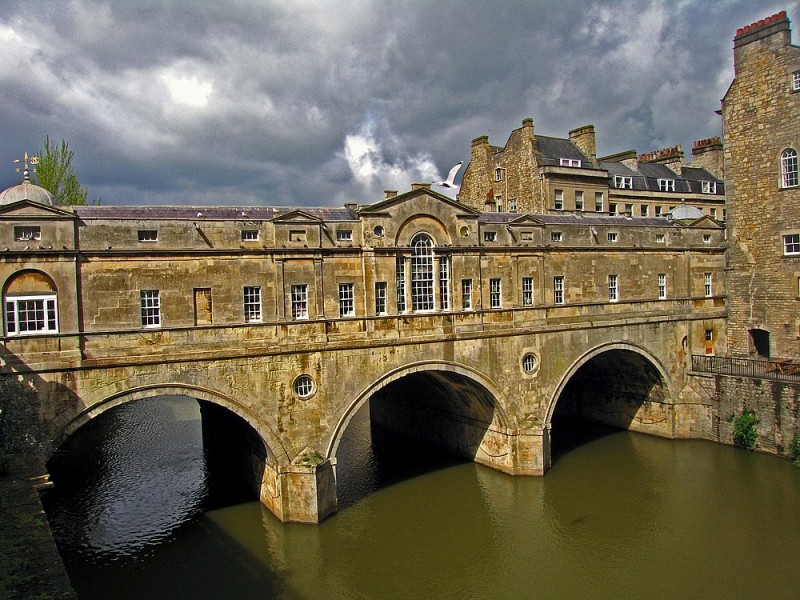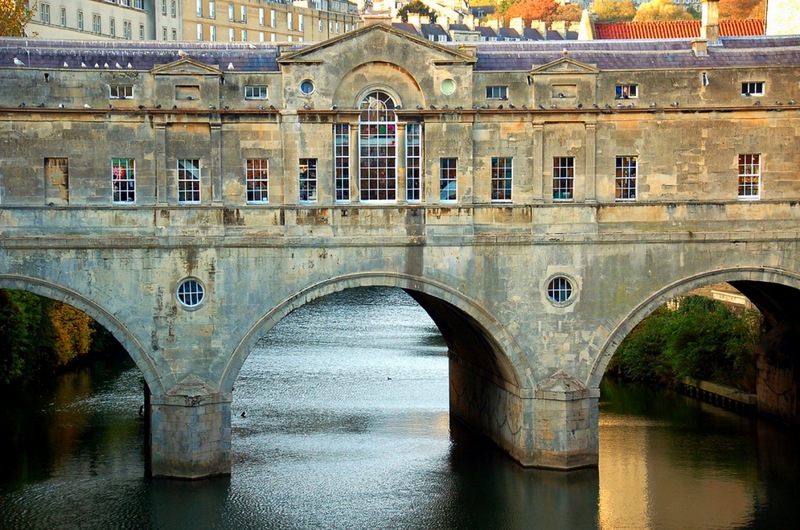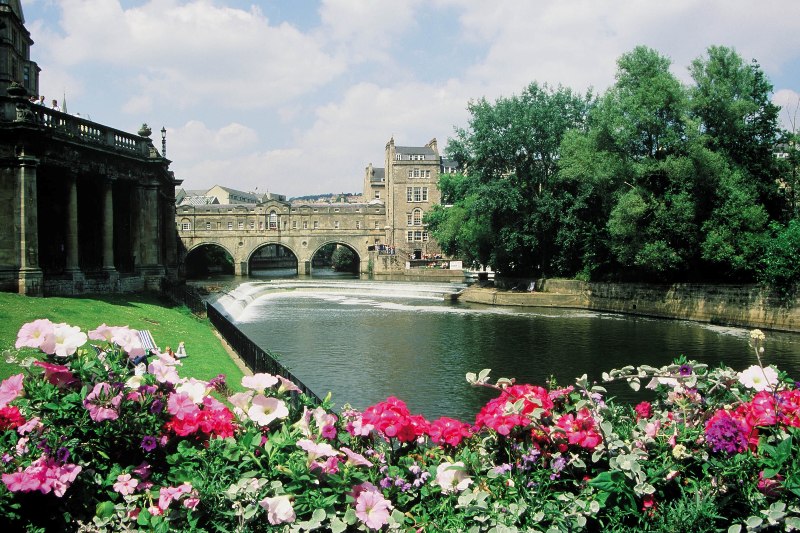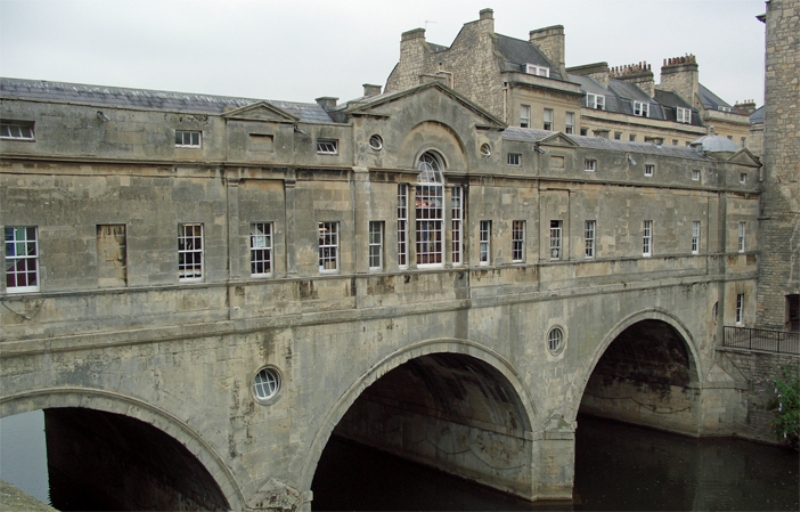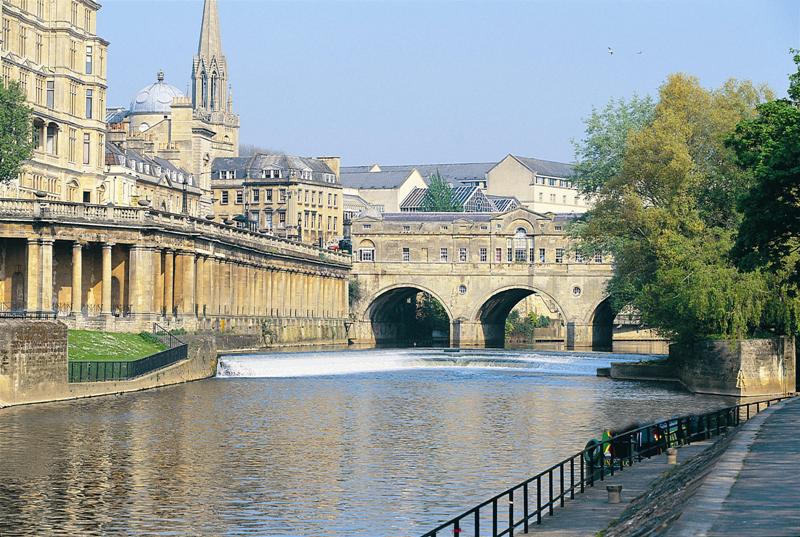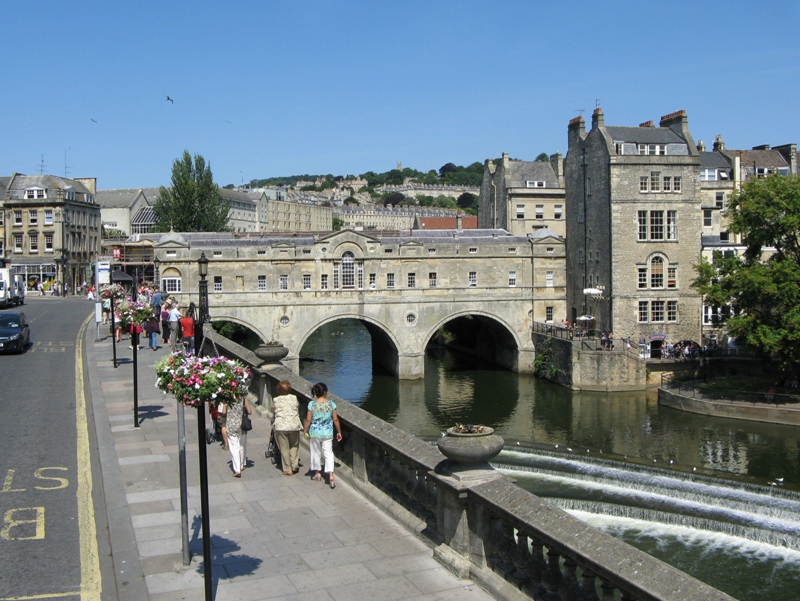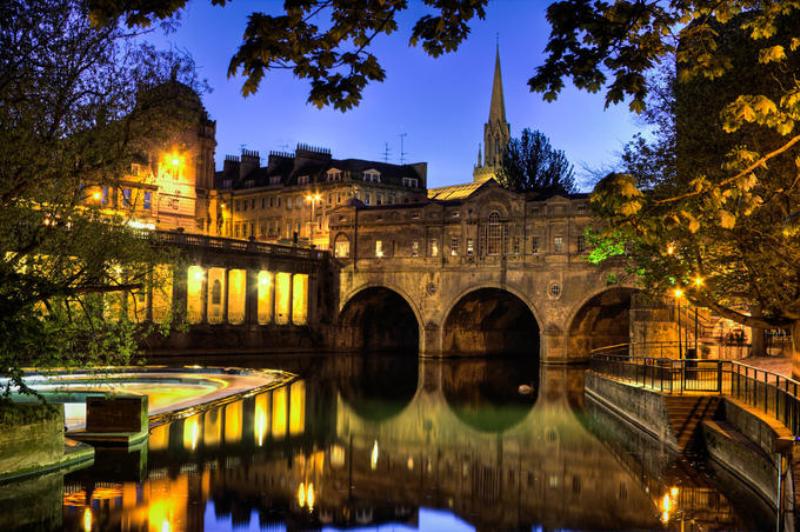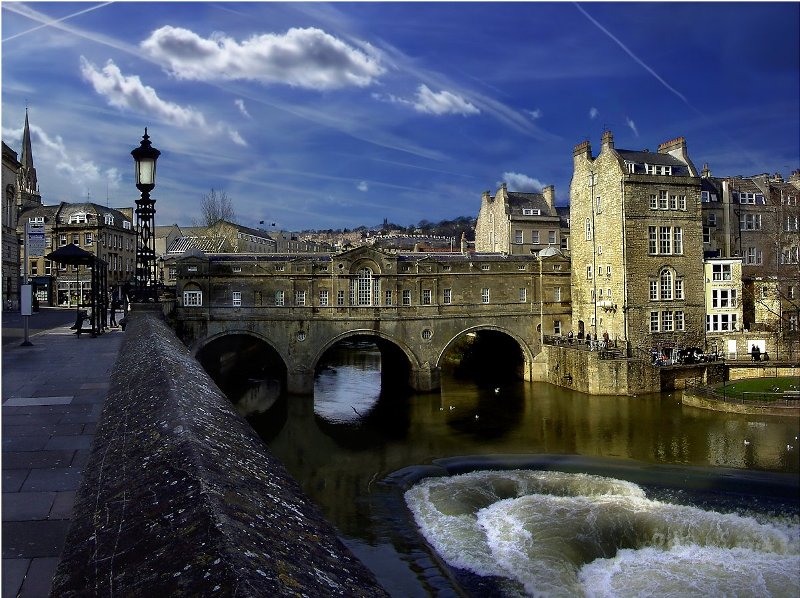| |||||||
Europe
North AmericaSouth AmericaAsiaAustralia and OceaniaAfrica |
Смотрите также: Pulteney Bridge Pulteney Bridge is a bridge that crosses the River Avon, in Bath, England. It was completed in 1773 and is designated by English Heritage as a grade I listed building.
Pulteney Bridge Carries Вuses, taxis, pedestrians Crosses River Avon Locale Bath Designer Robert Adam Design Arch bridge Material Bath Stone Number of spans 3 Beginning date of construction 1769 Completion date 1773
The bridge was designed by Robert Adam, whose working drawings are preserved in the Sir John Soane's Museum, and is one of only four bridges in the world with shops across the full span on both sides. Shops on the bridge include a flower shop, antique map shop, and juice bar. It is named after Frances Pulteney, heiress in 1767 of the Bathwick estate across the river from Bath. Bathwick was a simple village in a rural setting, but Frances's husband William could see its potential. He made plans to create a new town, which would become a suburb to the historic city of Bath.
First he needed a better river crossing than the existing ferry, hence the bridge. Pulteney approached the brothers Robert and James Adam with his new town in mind, but Robert Adam then became involved in the design of the bridge. In his hands the simple construction envisaged by Pulteney became an elegant structure lined with shops. Adam had visited both Florence and Venice, where he would have seen the Ponte Vecchio and the Ponte di Rialto. But Adam's design more closely followed Andrea Palladio's rejected design for the Rialto.
Pulteney Bridge stood for less than 20 years in the form that Adam created. In 1792 alterations to enlarge the shops marred the elegance of the façades. Floods in 1799 and 1800 wrecked the north side of the bridge, which had been constructed with inadequate support. It was rebuilt by John Pinch senior, surveyor to the Pulteney estate, in a less ambitious version of Adam's design. 19th-century shopkeepers altered windows, or cantilevered out over the river as the fancy took them. The western end pavilion on the south side was demolished in 1903 for road widening and its replacement was not an exact match.
Shop frontages on the Pulteney Bridge In 1936 the bridge became scheduled as a national monument, with plans being made for the restoration of the original facade. The restoration was completed in time for the Festival of Britain in 1951, with further work being carried out in 1975. It is now one of the best-known buildings in a city famed for its Georgian architecture. Comments: 0 |
|
|||||







































